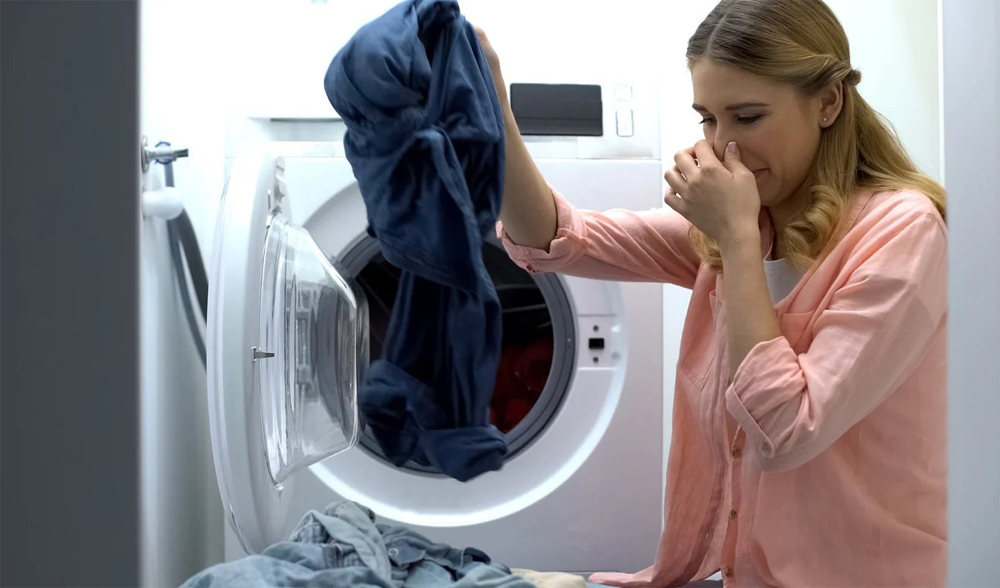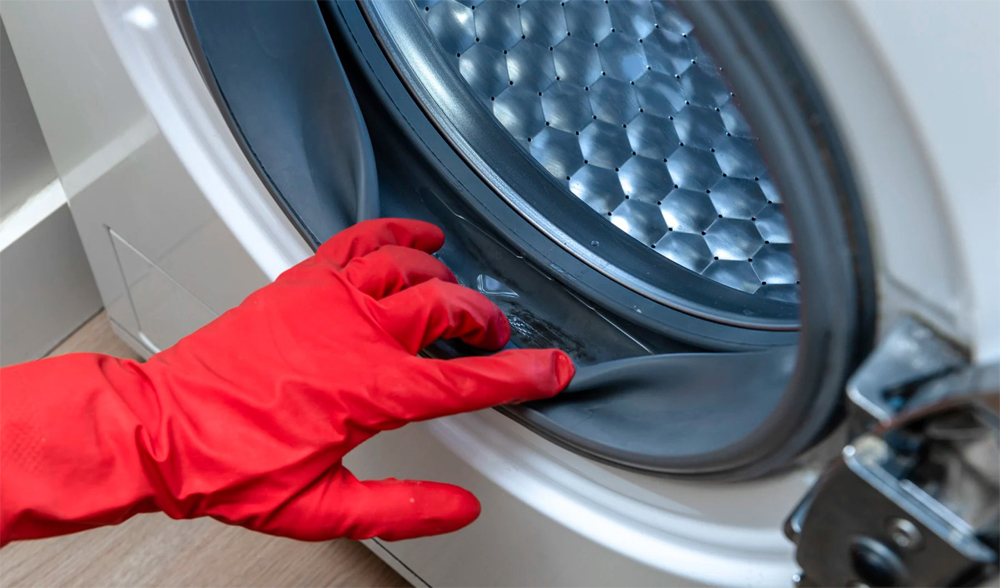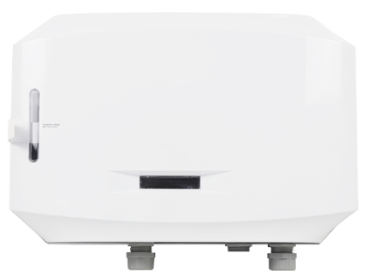In today's health-conscious world, people prioritize clean living through various means—consuming protein shakes, maintaining a balanced diet, and engaging in regular gym workouts to ensure their bodies stay in optimal condition. However, despite these efforts to preserve well-being, individuals often fall sick unexpectedly.
Why does this happen?
Recent research exposes the culprit: the "sick laundry cycle." Astonishingly, the way laundry is done could be contributing to people falling ill.
Previously, homeowners believed they mastered laundry art by:
- Purchasing top-quality laundry aids such as detergent and fabric softener.
- Methodically sorting clothes by type.
- Using the appropriate amount of detergent and softener.
The question arises: Just how clean are clothes after being laundered? At first glance, they may appear spotless, but don't let appearances deceive you. Studies indicate that even after washing, a small percentage of Escherichia coli bacteria was discovered inside washing machines. Where did this originate? From fecal matter found in underwear. Shockingly, the same microorganism was detected in clean, properly washed underwear—a disconcerting revelation.
Health experts attribute changes in laundry methods to the sick laundry cycle, pinpointing specific activities that contribute to increased bacteria:
- The use of cold water, while cost and energy-efficient, fails to eliminate bacteria effectively. Research demonstrates that lower water temperatures do not eradicate all bacteria.
- Employing milder detergents that contain a mix of toxic substances lacking the potency to combat bacteria effectively.
- Neglecting to maintain clean washing machines, fostering bacteria and mold growth within, leading to cross-contamination among clothes.
Here are vital tips to stop the vicious cycle of unhealthy laundry practices:
- Separate clean clothes from soiled ones, prioritizing washing items that come into direct contact with the skin—towels, face towels, underwear, and shirts.
- Launder rags separately.
- Wash underwear autonomously, using hot water and bleach to eliminate bacteria.
- Clean bed sheets and pillowcases in hot water, ideally at 130 degrees Fahrenheit, to remove accumulated dust and allergens, known culprits of allergies and often found in beds and pillows.
- Regularly drain and disinfect the washing machine, allowing it to air dry to prevent bacterial growth and mold formation.
- Opt for eco-friendly products to avoid allergic reactions and skin irritations caused by harsh chemicals commonly found in mainstream detergent brands.
- Ensure the laundry area remains dry and disinfect it regularly.
Why Choose Ozone Laundry from O3EcoLaundry
Ozone laundry presents numerous advantages over traditional detergent-based washing in the following:
- Ozone laundry serves as a potent cleaning agent, effectively disinfecting laundry by targeting pathogens such as salmonella, E. coli, staph, and candida.
- Unlike detergents, ozone laundry doesn't negatively impact the environment or harm sensitive skin.
- Ozone laundry can efficiently clean clothes, leaving no chemical residue, preserving fabric quality, color, and texture, which reduces the need for frequent clothing replacements.
- Ozone laundry leads to substantial savings in both energy and money by eliminating the need for hot water and detergent.
Please visit O3EcoLaundry to learn more about ozone laundry and say goodbye to sick laundry cycles. Embrace healthy laundry practices and adopt the ozone laundry for a fresh start.


